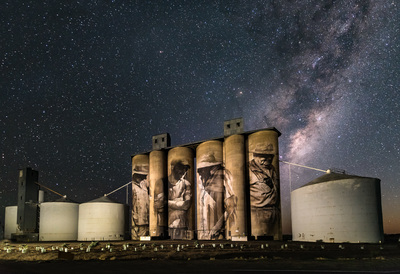In support of one of my operating principles -- "more gear than talent" (the other is "more money than brains, and I ain't got much brain"  -- I've ordered a star tracker. I have since the first time I saw the milky way in a light pollution free location (north of Lake Superior) decades ago I have wanted to capture photos of it. My ultimate goal (if I have one) is to do portraits with the milk way. But I digress.
-- I've ordered a star tracker. I have since the first time I saw the milky way in a light pollution free location (north of Lake Superior) decades ago I have wanted to capture photos of it. My ultimate goal (if I have one) is to do portraits with the milk way. But I digress.
Wondering if you have any favourite starry sky photography courses you found useful and engaging, to get me started on the taking photos part of the process . The real challenge will come when I'm gonna have to use software to layer photos LOL
Oh, and this is the tracker all roads led me to for a beginner.

 www.moveshootmove.com
www.moveshootmove.com
Cheers!
Wondering if you have any favourite starry sky photography courses you found useful and engaging, to get me started on the taking photos part of the process . The real challenge will come when I'm gonna have to use software to layer photos LOL
Oh, and this is the tracker all roads led me to for a beginner.

Move Shoot Move NOMAD Grab & Go Star Tracker for Beginner and Experienced Photographers, 🎁 Happy Milky Way Season - Do Not Miss Again!
Capture stunning astrophotography images with ease using our portable and user-friendly star tracker. Ideal for both astrophotography beginners and experienced landscape photographers, this star tracker is the perfect solution for long-exposure astrophotography, allowing you to capture the...
 www.moveshootmove.com
www.moveshootmove.com
Cheers!



